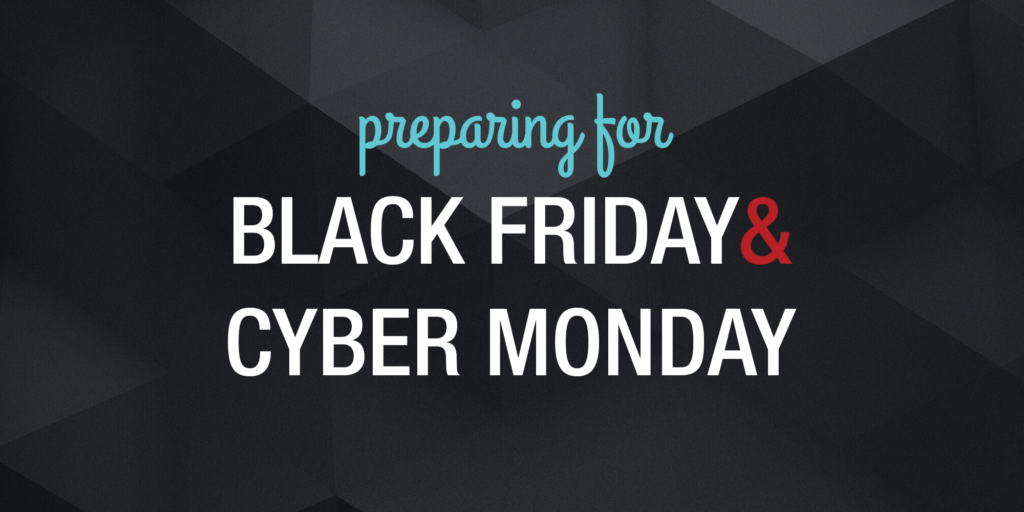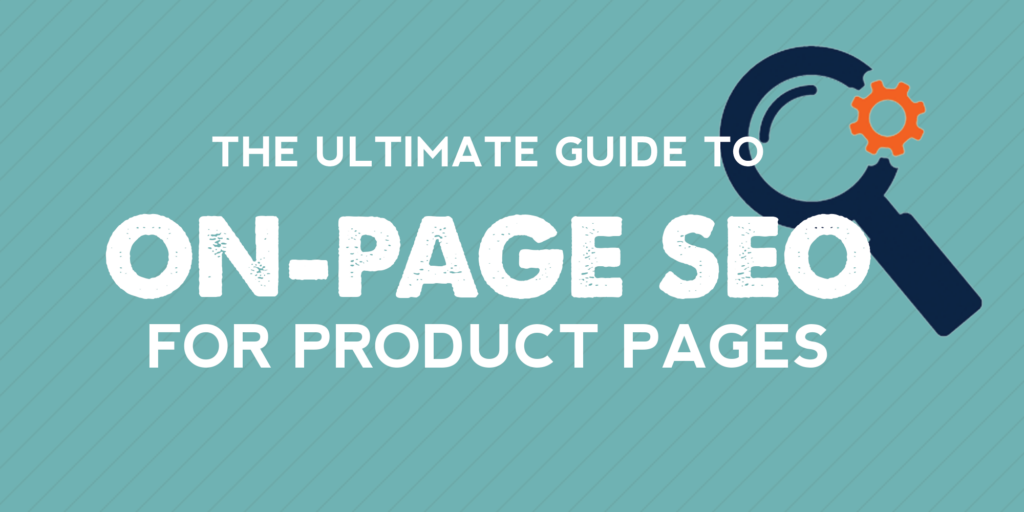Selling Bundles the Right Way on Magento 2

Magento has a variety of product types to help you find the right way to sell your products. There are downloadable products for digital items (such as ebooks), virtual products for items with no tangible deliverable (such as warranties), and configurable products for variations (such as a shirt that comes in different sizes). One of […]
What does ROAS Really Mean?

ROAS (Return on Ad Spend) is a popular metric that can help businesses evaluate if their campaigns are successful. It’s a simple calculation of ad spend divided by revenue. It will tell you how much revenue you earned for every dollar spent. Try our ROAS calculator. It can often be confused with ROI (Return on […]
Meet Customers Where They are in the Buying Process – The Decision Path

Why Targeted Messaging Matters You are looking for new ways to get more customers. If you could only find people at just the right moment with just the right message, then your product/service could almost sell itself. But the “right moment” and the “right message” can be somewhat mysterious and elusive at times. Going through […]
Top 3 Tips for Making Holiday Shipping Easier

This post is contributed by Robert Gilbreath, Vice President of Marketing and Partnerships at ShipStation. ShipStation is the leading web-based shipping solution that helps e-commerce retailers import, organize, process, package, and ship their orders quickly and easily from any web browser. For a free trial, visit www.shipstation.com. Are you excited about this year’s e-commerce holiday selling […]
Creating a Shipping Method in Magento 2

There are existing extensions available for many of the shipping carriers that you may choose to utilize on your Magento 2 site, but what about a shipping method of your own? Adding a custom shipping method like this is a straightforward approach that requires only a handful of files in order to implement – five, […]
A Look at CSS and Less in Magento 2

Magento 2 leverages the enormous power of CSS pre-processing (via Less) to make theme customization intuitive and easily maintainable through features like variables, mixins, and imports. Less compilation is a fundamental part of M2’s static content deployment and development tools, streamlining the theming process and ensuring that frontend developers can focus on their code, not […]
Canonical Tags: Did You Get It Right on Your Magento Site?

A few weeks ago, a llama posed a seemingly simple question: “Does anyone know the details of canonical URLs and pagination?”. But here’s the thing about llamas – we don’t do well with non-definitive answers. Thus began the digging and twists and turns into the rabbit hole of canonical tags and Magento’s native capabilities. Here […]
Preparing For Black Friday and Cyber Monday

We’re less than 90 days out from Black Friday! It might seem like plenty of time to prepare if you’re a shopper, but merchants know – there’s never enough time to get ready for the chaos of holiday sales. At Classy Llama we’ve been helping merchants prepare for the holidays since 2007! Here are a […]
The Ultimate Guide to On-Page SEO for Product Pages

The Ultimate Guide to On-Page SEO for Product Pages Whether you’ve been selling online for years or are just getting started in eCommerce, it’s important to improve your site based on what your specific clients may need. Successful product pages have to be able to convert visitors into purchases. However, those pages also have to […]
How to Increase Organic Traffic with Keyword Research

You know what happens when you don’t do keyword research and optimize your pages for search engines? THIS. This is our real traffic data from April 2017 vs the previous year. Yeah, ouch. Due to tight deadlines for our March 2017 site launch, we decided to hold off on keyword research until late May. However, […]
